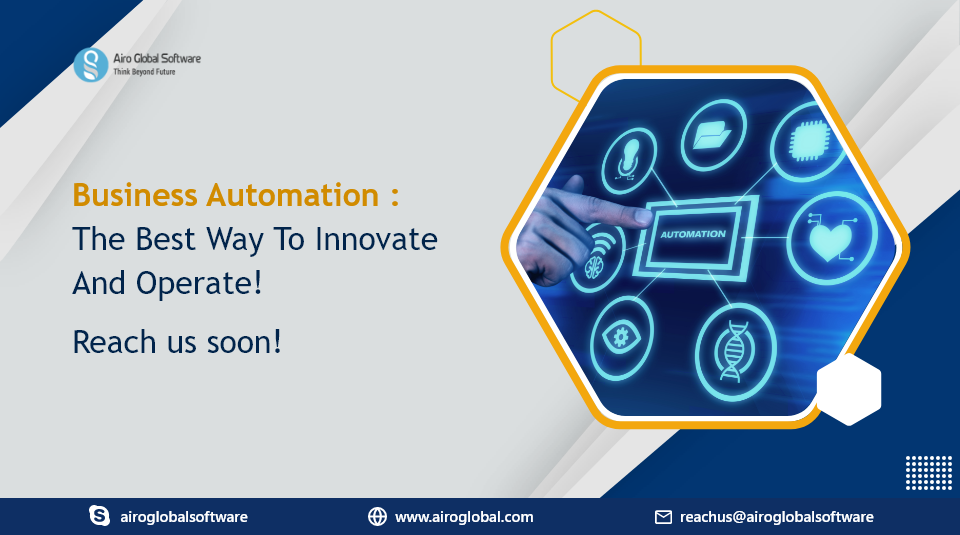Introduction:
Designing a visually appealing and user-friendly mobile app is crucial for its success. Among the various design tools available, Figma stands out as a powerful and intuitive platform. In this comprehensive guide, we will walk you through the step-by-step process of creating a mobile app design using Figma. So, grab your creative hat and let's dive in!
Understanding Figma's Interface
Before we delve into designing a mobile app, let's familiarize ourselves with Figma's interface. We'll explore its essential features and tools, enabling you to navigate seamlessly through the platform.
Defining Your App's Purpose and Target Audience
Every successful mobile app begins with a clear purpose and understanding of its target audience. In this section, we'll discuss the importance of defining these aspects and guide you through the process of creating user personas.
Gathering Inspiration and Conducting Research
Design inspiration can be found everywhere! We'll explore various resources and techniques to gather inspiration for your mobile app design. Additionally, we'll cover the importance of conducting thorough research to ensure your app aligns with user expectations and industry trends.
Sketching Your Ideas
Before jumping into Figma, it's beneficial to sketch your ideas on paper. We'll guide you through the sketching process, enabling you to visualize your app's structure and flow.
Creating Wireframes in Figma
Wireframes serve as the blueprint for your mobile app's design. In this section, we'll demonstrate how to transform your sketched ideas into interactive wireframes using Figma's versatile tools. We'll cover layout design, navigation systems, and incorporating essential UI elements.
Designing the Visual Interface
Now comes the exciting part—bringing your app to life visually. We'll delve into color schemes, typography, and visual hierarchy to create a compelling and visually pleasing mobile app design. We'll also explore Figma's prototyping capabilities to showcase interactive features.
Collaborating and Collecting Feedback
Design is an iterative process, and collaboration is key. Learn how to use Figma's collaboration features to gather feedback from team members and stakeholders. We'll discuss best practices for incorporating feedback and refining your design.
Preparing for Development
To ensure a smooth transition from design to development, it's essential to prepare your design files properly. We'll cover techniques for organizing your assets, creating design specifications, and generating assets for developers.
Testing and Iterating
User testing plays a crucial role in refining your mobile app design. Discover effective techniques for conducting user testing and incorporating feedback to iterate on your design.
Conclusion:
Designing a mobile app can be an exhilarating journey, especially when using a powerful tool like Figma. By following this comprehensive guide, you've learned the step-by-step process of creating mobile app designs using Figma. Remember to combine your creativity with user-centered design principles, and your app will be well on its way to success. Happy designing! If you have any questions or concerns, please contact Airo Global Software through the email given below.
E-mail id: [email protected]

Author - Johnson Augustine
Chief Technical Director and Programmer
Founder: Airo Global Software Inc
LinkedIn Profile: www.linkedin.com/in/johnsontaugustine/










